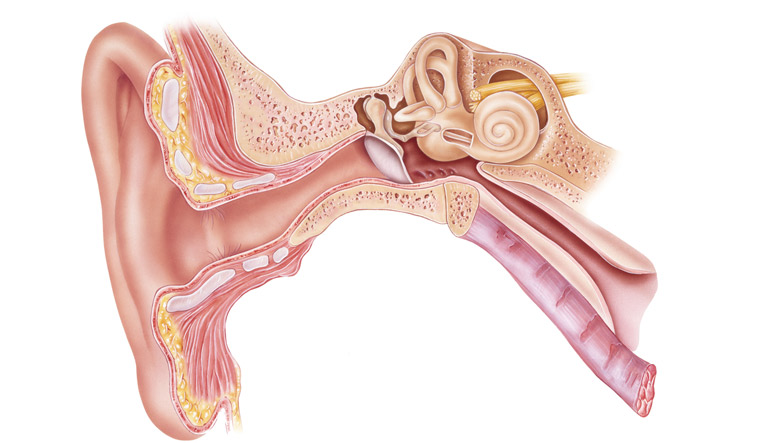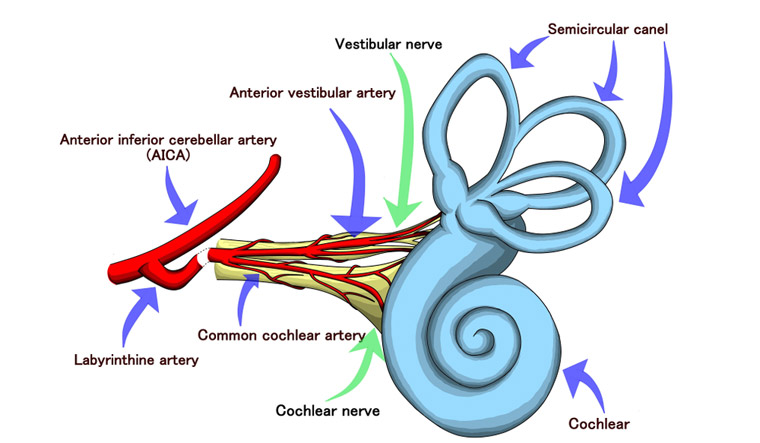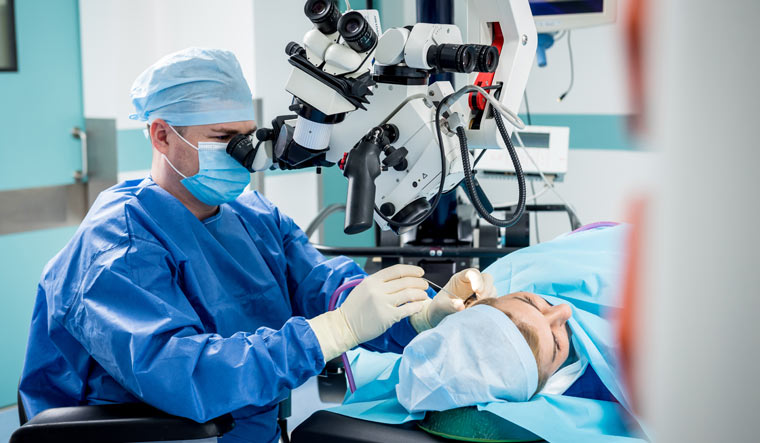A team of scientists and surgeons has for the first time validated a safe surgical access to the central core of the human cochlea, a hollow, spiral-shaped bone found in the inner ear which plays a key role in the sense of hearing.
An international team of researchers from Guy's and St Thomas's NHS Foundation Trust in London, and the universities of Sheffield, Uppsala (Sweden), Nottingham, and Western University in Canada, has proven and confirmed a secure clinical pathway to the cochlea in the inner ear, which will enable the application of a range of regenerative therapies to restore hearing.
The human cochlea lies in the base of the skull, encased by the hardest bone in the human body. This has hampered the progress of discovering new treatments for hearing loss, a release by the University of Sheffield said on Wednesday.
The study was funded by Rinri Therapeutics, a biotechnology company developing regenerative cell therapies for sensorineural hearing loss (SNHL).
Using a detailed representation of the microanatomy of the peripheral auditory neural structure, surgeons have now been able to reach the human cochlea safely with a routine surgical approach.
Marcelo Rivolta, Professor of Sensory Stem Cell Biology at the University of Sheffield and Founder of Rinri Therapeutics, said, "Until now this region of the inner ear has been inaccessible in humans. This means that the pioneering advanced therapies to repair the auditory nerve, which have already proved successful in animal models, have been hampered by limited anatomical knowledge and the lack of a safe access to Rosenthal's canal - the compartment that houses the auditory neurons within the central core of the cochlea.

"We believe these findings will have immediate impact on both our understanding of the microstructure of the inner ear and the first in-human trials of new cell, gene and drug therapies to improve hearing loss and deafness."
Dr Simon Chandler, CEO of Rinri Therapeutics, said, "We are delighted to have been able to collaborate with teams across the world to fund this ground-breaking research.
"People with severe hearing loss often suffer an enormous negative impact on their quality of life, withdrawing from their communities because their disability inhibits interactions with others.
"This research now paves the way for the successful delivery of our regenerative cell therapy for hearing loss, that will bring significant positive impacts to healthcare systems and economies across the globe."
Professor Dan Jiang, Director of the Hearing Implant Centre at Guy's and St. Thomas' Hospital, and Chief Investigator on the project, said, "This research provides intuitive knowledge to ear surgeons about the targets of the future cell, gene and drug therapies, and will allow them to reach those targets safely, as they have been trained to do."
Gerry O'Donoghue, Professor of Otology and Neurotology at the University of Nottingham, and Clinical Advisor to Rinri Therapeutics, said, "The inaccessibility of the human cochlea has hampered the progress of curative treatments for SNHL to date.
"However, these findings will enable the safe delivery of regenerative therapeutics to their target structures within the relatively impenetrable human cochlea, de-risking future clinical interventions and paving the way for clinical trials."
Professor Sumit Agrawal, from Western University in Canada, said, "We are delighted that our data was able to contribute to such a vital piece of research, which will enable significant advancements in the clinical trials and treatment of sensorineural hearing loss."
The study, published in the latest issue of Scientific Reports, was funded by a grant from Rinri Therapeutics in collaboration with the Swedish Hearing Research Foundation.
Scientists at the University of Nottingham led the investigation with support from the universities of Sheffield and Uppsala in Sweden, who conducted all the modelling and imaging for the project. Surgical validation was led by surgeons at Guy's and St. Thomas' Hospital in London.

The project relied heavily on scan data made available by Western University in Canada.



